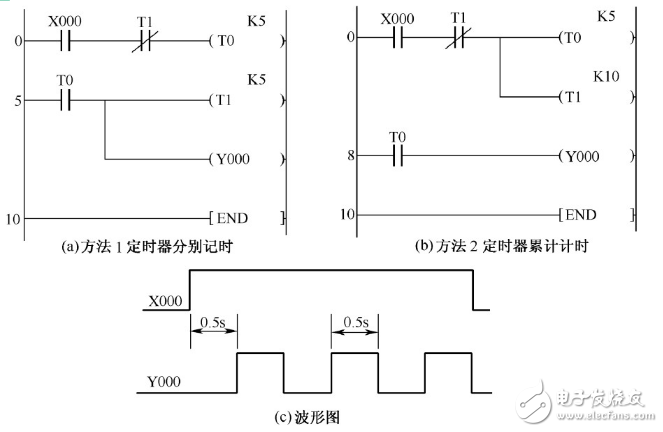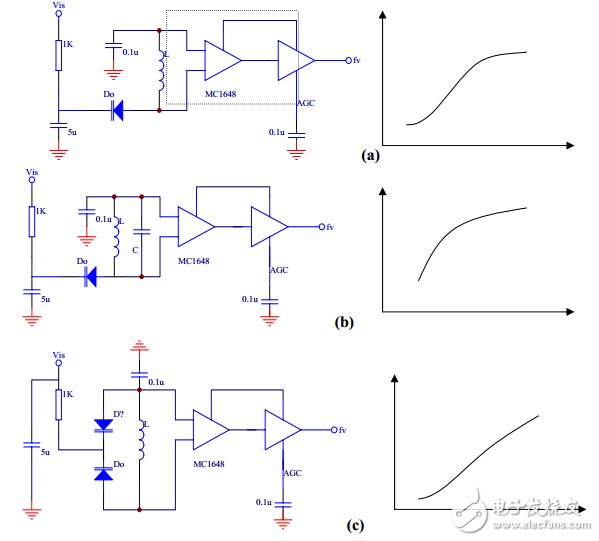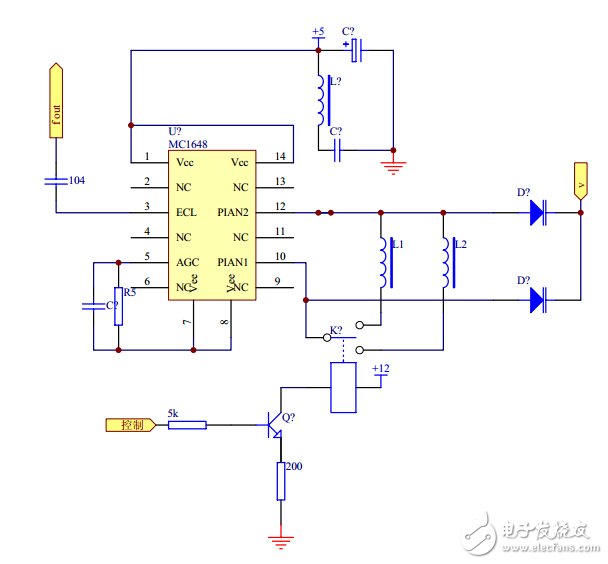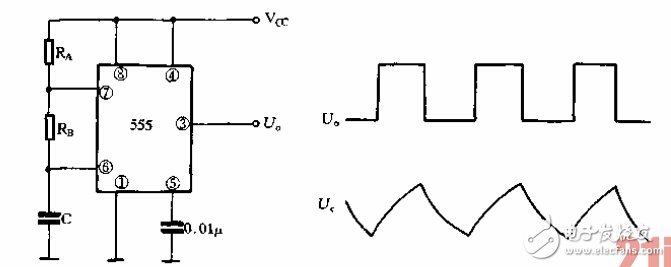The oscillating current is a type of current that varies in both magnitude and direction over time, following a periodic pattern. A circuit designed to produce such a current is known as an oscillating circuit. The simplest form of this circuit is the LC loop, which consists of an inductor (L) and a capacitor (C).
This kind of current is classified as alternating current (AC), but it specifically refers to high-frequency AC that cannot be produced by simply rotating a coil in a magnetic field. Instead, it must be generated through an oscillating circuit.
In an ideal oscillating circuit, certain conditions are assumed:
1. The total resistance of the circuit is zero (R = 0), including the coil and wires. This means no energy is lost as heat, and all energy remains in the system.
2. The inductor L represents the entire inductance of the circuit, while the capacitor C represents the entire capacitance. There are no other capacitors or inductors present.
3. The LC circuit does not emit electromagnetic waves into the surrounding space during oscillation. It operates as a closed system where energy is only exchanged between the magnetic field of the inductor and the electric field of the capacitor. According to Maxwell’s electromagnetic theory, these fields do not radiate outward.
**1. PLC Oscillation Circuit Ladder Diagram and Output Waveform**

**2. Emitter-Coupled Oscillator Circuit and Output Waveform**
An emitter-coupled oscillator is a monolithic integrated circuit that outputs signals at MECL levels. When operating, the external inductor L and capacitor C can form a fixed-frequency oscillator. By adding a varactor diode, the circuit can be turned into a voltage-controlled oscillator (VCO). The MC1648 operates at either 5V or 5.2V, with a maximum frequency of up to 225MHz. Different varactor connection methods are shown in the figure, including single-tube and double-tube back-to-back configurations. The latter offers better performance in terms of frequency and control. The fifth pin of the circuit is connected to AGC (Automatic Gain Control), allowing the amplitude of the oscillation to be adjusted, which in turn affects the shape of the output waveform. With proper AGC settings, the circuit can generate either a sine wave or a square wave.

Oscillators are critical components in frequency generation systems, directly influencing the quality and accuracy of the output signal. As a high-frequency circuit, they require a stable and clean power supply. To reduce interference, inductors are often added to filter out noise from the power source. Additionally, shielding is commonly used to protect the oscillator from external disturbances and prevent it from causing interference with other parts of the circuit.
The selected varactor diode, 2CC12B, has a maximum operating frequency of 50MHz. However, due to careful design, the system can operate within a range of 8–68MHz, with an output frequency range of up to 60MHz, achieved by adjusting the inductance.

**3. 555 Multivibrator Circuit and Output Waveform**
The 555 timer can be used to create various types of self-excited multivibrators. In its basic configuration, when the circuit is powered on, the capacitor C is initially uncharged, so the trigger pin (pin 2) is low, causing the output (pin 3) to go high. As the capacitor charges through resistors RA and RB, the voltage reaches Vcc, switching the output to low. The capacitor then discharges through RB and the internal discharge transistor. When the voltage drops below Vcc, the output switches back to high, and the cycle repeats, producing a continuous oscillation. The waveform of the capacitor voltage and the output is shown in the diagram.

Flat Cable,Tpe Flat Data Cable,Usb Data Charging Cable,4-Core Usb Data Cable
ShenZhen Puchen Electronics Co., Ltd. , https://www.szpuchen.com